Smart Bike Parking™ elevates transit systems by transforming bike storage from a passive amenity into a dynamic part of modern bike parking infrastructure. With modular, connected, and digitally accessible lockers, CycleSafe solutions allow transit riders to move seamlessly between buses, trains, and micromobility options. By integrating secure bike lockers at or near transit stations, agencies can strengthen their bike parking transit systems and give commuters the confidence and convenience needed for reliable last-mile connections.
Transit authorities choose CycleSafe’s ProPark bike lockers for their unmatched durability and robust construction. Each unit is designed with a seamless vaulted roof that channels away water, dirt, and debris, while compression-molded doors deliver the structural strength of steel. Embedded stainless-steel door number plates resist vandalism and protect the lock mechanism, ensuring long-term reliability even in high-traffic transit environments. These features make ProPark lockers a proven investment for agencies seeking secure and low-maintenance bike parking infrastructure.
Beyond physical strength, ProPark lockers set the standard for Smart Bike Parking with advanced technology integration. Full-length latch systems, heavy-duty concealed hinges, and tamper-proof locks ensure maximum security, while sheet-molding compound fiberglass (SMC) panels provide decades of impact resistance, UV stability, and graffiti resistance. Smart locker configurations offer data and usage analytics that help agencies predict demand, optimize placement, and justify lifecycle ROI. And with their modular design, ProPark lockers are easily scalable—allowing transit systems to expand or relocate units as ridership and bike parking transit systems evolve.
Mobility hubs—strategic nodes where multiple modes of travel converge—are becoming the cornerstone of smart cities. At these hubs, CycleSafe lockers and shelters provide a scalable foundation for integrating bicycles with e-scooters, shared mobility services, and mass transit. With cloud-based access systems, credential interoperability, and real-time usage data, our Smart Bike Parking solutions support integrated systems that help agencies manage demand, optimize curb space, and deliver better rider experiences.
Ultimately, Smart Bike Parking is about more than secure storage—it’s about unlocking mobility. Transit agencies that adopt integrated bike parking infrastructure gain the ability to reduce congestion, support climate goals, and create sustainable transportation ecosystems. By making bike parking for cities and municipalities smarter and more adaptable, CycleSafe enables transit networks to build resilient, connected systems that meet the needs of today’s riders while preparing for the future of urban mobility.
Just of Few of the Municipalities that Trust CycleSafe

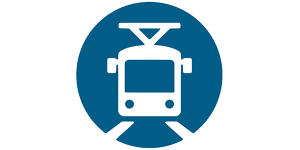



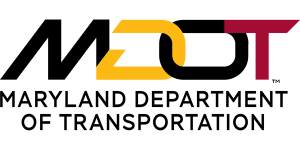








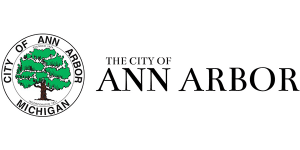


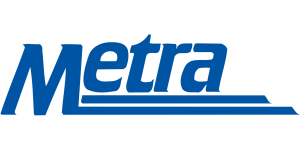





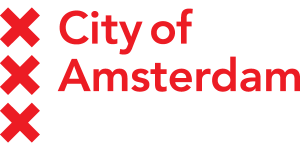
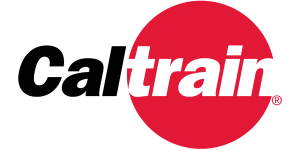

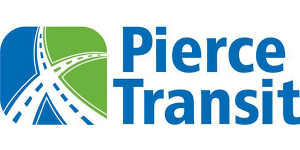






Caltrain- San Francisco to Gilroy, California
For years CycleSafe has been working with Caltrain, one of California’s main commuter rail systems, to enhance transit operations with secure bike parking. Caltrain first purchased CycleSafe bike lockers in 1983, and expanded with 100 lockers for Atherton, San Bruno, Lawrence and Mountainview stations. The City of Palo Alto continued the program, with San Antonio, Belmont and San Carlos stations. There is a waiting list for bike lockers in the Caltrain system, which now includes cab cars designed to carry bicycles. The Ponderosa Project improved facilities along the line with bike passenger cars and 200 additional bike lockers. Caltrain, an acknowledged leader in bike access among commuter railroads, has worked to allow cyclists to bring their bike on the trains and offering bike lockers for security. “We have been saying that ridership is approaching the heyday of the Southern Pacific in the 1940’s and 50’s. It really is a renaissance.” said Janet McGovern, of Caltrain.
Newall Metrolink

The Southern California Regional Rail Authority, Metrolink, offers long distance commuter rail service in five counties. The greater Los Angeles region has installed CycleSafe lockers at the Jan Heidt station in Santa Clarita, and in the cities of Rancho Cucamonga, Upland, West Hollywood, Pasadena, Paramount and Long Beach. Metrolink planners were familiar with the quality of CycleSafe, yet were surprised with the performance of the lockers after an earthquake in 1994. The lockers had been installed on a fault line in Northridge, the lockers survived without damage or interruption of service, while just a mile away 250 mobile homes were destroyed. Santa Clarita considered several options before they decided to install additional lockers. A bike parking facility was considered to be too costly with the need for a guard and lighting. Bicycle lockers provide an individual ‘garage’ with storage bins for gear, the security a cycle commuter needs to depend on.
King County, Washington
Before King County Metro Transit chose bicycle lockers for their park-n-ride lots and transit center, they surveyed other agencies for recommendations. King County Metro’s Bob Flor had experience with low quality lockers. “They were a disaster and lasted about three months,” Flor said. Agencies in California, Washington D.C., Vancouver B.C., and Portland, Oregon gave high reports on CycleSafe bike lockers. With funds from an Intermodal Surface Transportation Efficiency Act grant, Metro purchased 40 CycleSafe lockers and created standards for bicycle parking. “We needed a locker that could take punishment for long periods of time and still offer security.” Flor said. “The CycleSafe lockers are more expensive initially but the long term value was what we were looking for. CycleSafe lockers are solid equipment that provide security with long term benefits of low maintenance or replacement costs. CycleSafe lockers have spurred more uses of transit in King County. After the lockers were installed, a survey revealed that 85% had never used transit before.
Vancouver, British Columbia Translink
Most users of CycleSafe bicycle lockers in Vancouver are 30-50 year old commuters who appreciate the convenience and security. Reena Meijer-Drees is a cycling advocate who combines light rail and cycling to her engineering technician job. CycleSafe lockers save Reena from having to ride the bus to work, while at the same time giving her a daily workout. “I can’t afford the gym time or money,” says Meijer-Drees “biking to work provides these benefits.” CycleSafe lockers have been a part of the Greater Vancouver Transportation Authority’s Translink light rail system for more than 14 years. Lockers are located at 32 SkyTrain Millennium Line stations involving 22 municipalities. Translink officials describe CycleSafe lockers as “virtually indestructible.” End panels on the lockers provide promotional space for advertising to assist with funding the program.
Washington Metropolitan Transit Authority, Washington D.C.
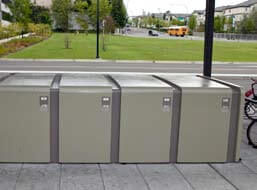
Washington Metro installed their first CycleSafe bicycle lockers more than twenty years ago. Metro’s Bike Locker Manager Sharonlee Vogel stated the CycleSafe lockers are problem free and have held up well, unlike other lockers that has experienced missing number plates, broken doors and water ponding on the roof. “CycleSafe Lockers are low maintenance and perform extremely well,” Vogel said. “One of the CycleSafe units someone had attempted to break in a door, unsuccessfully.” No bicycle has ever been reported stolen from a CycleSafe locker. Vogel states that total security is a must for encouraging bicycle commuters, they don’t want or can’t carry a bike on a train or take their bike to their workplace. CycleSafe bike lockers can be specified with storage bins to provide a place to put commuter gear.
New Jersey Transit, Newark, N.J.
New Jersey Transit initially chose a less expensive locker than CycleSafe, which lasted only a year with vandals prying open the locking mechanisms. New Jersey Transit now has more than 200 CycleSafe lockers at rail facilities. Transit official Urie Ridgeway said the strength and durability of the CycleSafe’s compression molding is the advantage. “This material makes the lockers impact resistant and has a flame retardant. Moreover, the finish is mark and abrasion resistant so graffiti easily wipes clean.” Ridgeway said. The high security locks have eliminated break-ins. There is a waiting list for CycleSafe lockers and in demand by serious cyclists who need a secure place to park their bikes at the stations. The bike locker installations are part of New Jersey Transit’s program to promote ridership, get vehicles off the road and encourage more use of alternative forms of commuting.
Project in Brief
Caltrain-San Francisco, California
Newall Metrolink, California
King County, Washington
Vancouver, British Columbia Translink
Washington Metro Transit Authority, Washington D.C.
New Jersey Transit, Newark N.J.
